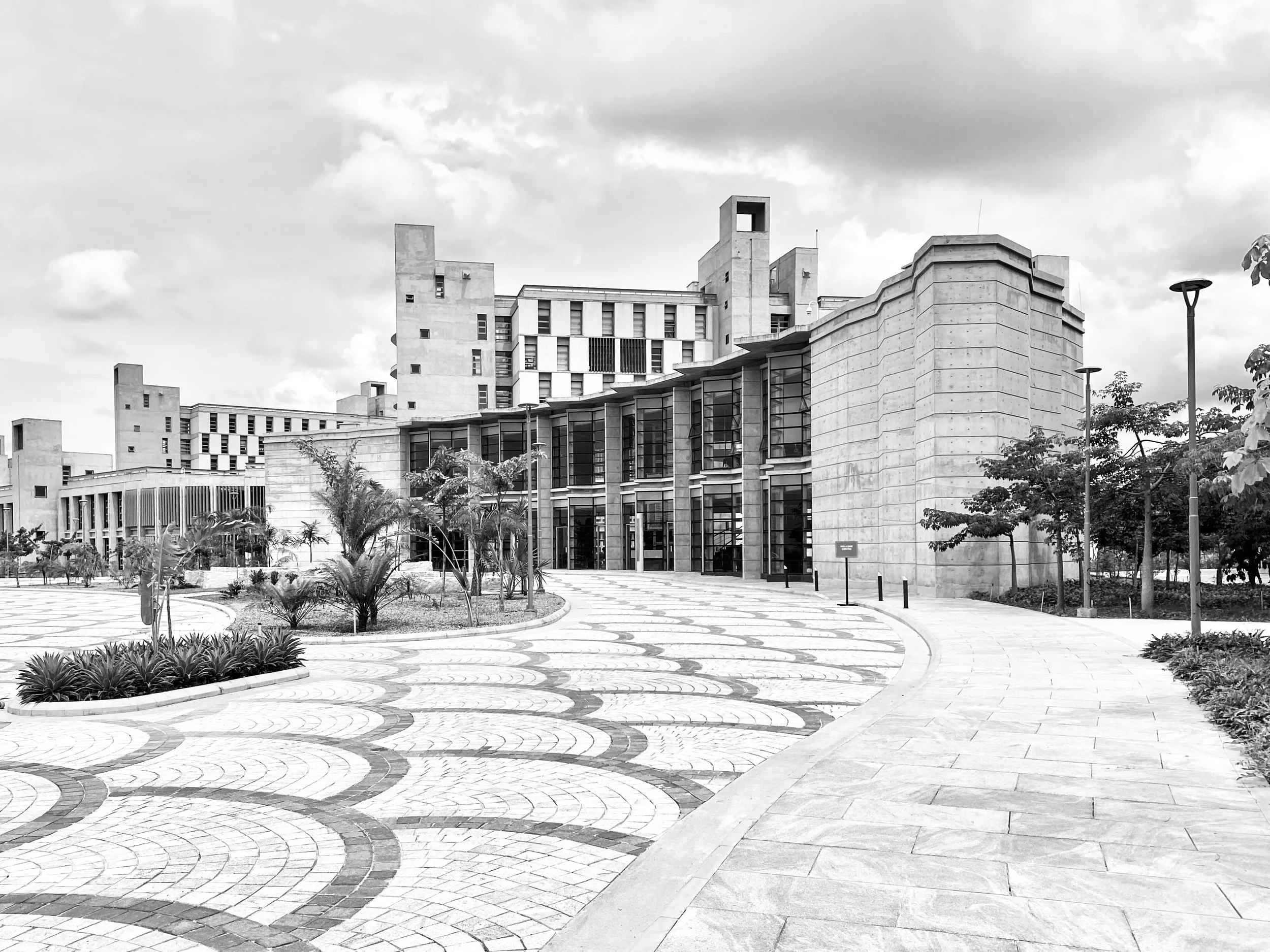From Mountains to Oceans
It started as a casual conversation over lunch where the question “what are you doing” floated through the air like a feather as I shared my research interest, the WHY behind what I’m doing, a little bit about my history of researching on riverine landscapes, and my love for photography. A sparkle formed in my colleague’s eyes as his face contorted into a grin. “Seriously!?” he said with a glimmer of excitement in his eyes. He then proceeded to tell me that the Centre for Climate Change and Sustainability at Azim Premji University is developing a photography exhibition on rivers. We both sat in a sort of awe and reverence for the inner workings of time and the universe that brought us to this moment. How serendipitous, right? That day, I joined the team of three mighty warriors taking on an avalanche of data, maps, research, and of course about 10,000+ photos to tell the story of rivers across India
Over the last three months, we have sent out a call for proposals for student interns—which garnered nearly 150 entries. We met with each of the finalists to explore the story they were proposing to cover and the feasibility to do so in the month of June. (#monsoonseason) We created countless spreadsheets that helped us corral the onslaught of information. We are now working to finalize the work by students spread across India, Nepal, and Bangladesh who are documenting livelihoods, threats, and movements around rivers and begin the curation process. These brave explorers are covering or have covered riverfront and dam construction and the movements that have formed to protect the riverine landscapes and the people and wildlife who call them home. We had students trekking with pastoral tribes, fisherfolk, and farmers along the rivers’ edge. And my favorite part of all of this is the excitement in each of their voices as they share their experiences thus far. This is a life-changing experience to be able to pursue an idea with curiosity and really experience it firsthand in the field.
In addition to curation and planning, I’m working with Kunal and Vidya alongside a few outside consultants to develop the exhibition design to be adaptable and flexible for future exhibitions. We will be exhibiting in four buildings throughout the campus and curating for each. The two seminar halls (as seen below) will tell the story of rivers as cradles for civilization, the threats from human and non-human systems on these river systems, and finally, movements created to protect these landscapes and the people that rely on them. For 20 days, the exhibition will invite school children and colleges from the region to attend workshops and talks by water practitioners, indigenous groups, and scholars. Our goal is to activate the senses through viscerally engaging design and activities to help people of all ages understand the role that we might play in reviving and stewarding these water systems. In the end, we hope to leave the students with a mind full of information and a heart full of hope for a brighter future.
Design Display Options for Seminar Hall
Due to the restrictions of the display throughout the campus (no drilling, double-sided tape, stickers, etc), my team and I are designing a system of leaning panels with a small channel at the bottom and top to limit the slipping and increase stability. The Seminar Halls have one angled wall and a vertical wall with two very different lighting scenarios. Each bay has three angled walls at various widths which presents a challenge when designing a system. We are working within the constraints of a 4x8 sheet of plywood and eco board to create this system. The images will be displayed within the 60-100% visibility zone to ensure legibility. Each section will have an introduction image that is the most compelling of the set and then a series of smaller images, diagrams, poems, drawings, etc to explain the story. Additionally, each student project will have a booklet that contains notes, drawings, photos, and whatever they feel they need to convey this unique story on pollution, biodiversity, fishing, damming, and more. We are really proud of these students who have taken on this challenge of telling a story from a landscape many of them call home.
Here is a timelapse walkthrough of the exhibition circulation. Apologies for the rapid nature of it.
Welcome Centre — A series of vertical stands + metal stands(2w x 3’h and 3x4’) with aluminum frames and images printed on canvas and stitched in.
I’ll keep you all updated on the systems we develop and if you want to join in on the fun, let me know. =) In the meantime, mark your calendars for October 7th - 28th and wish me luck! Take care, lovelies.


















